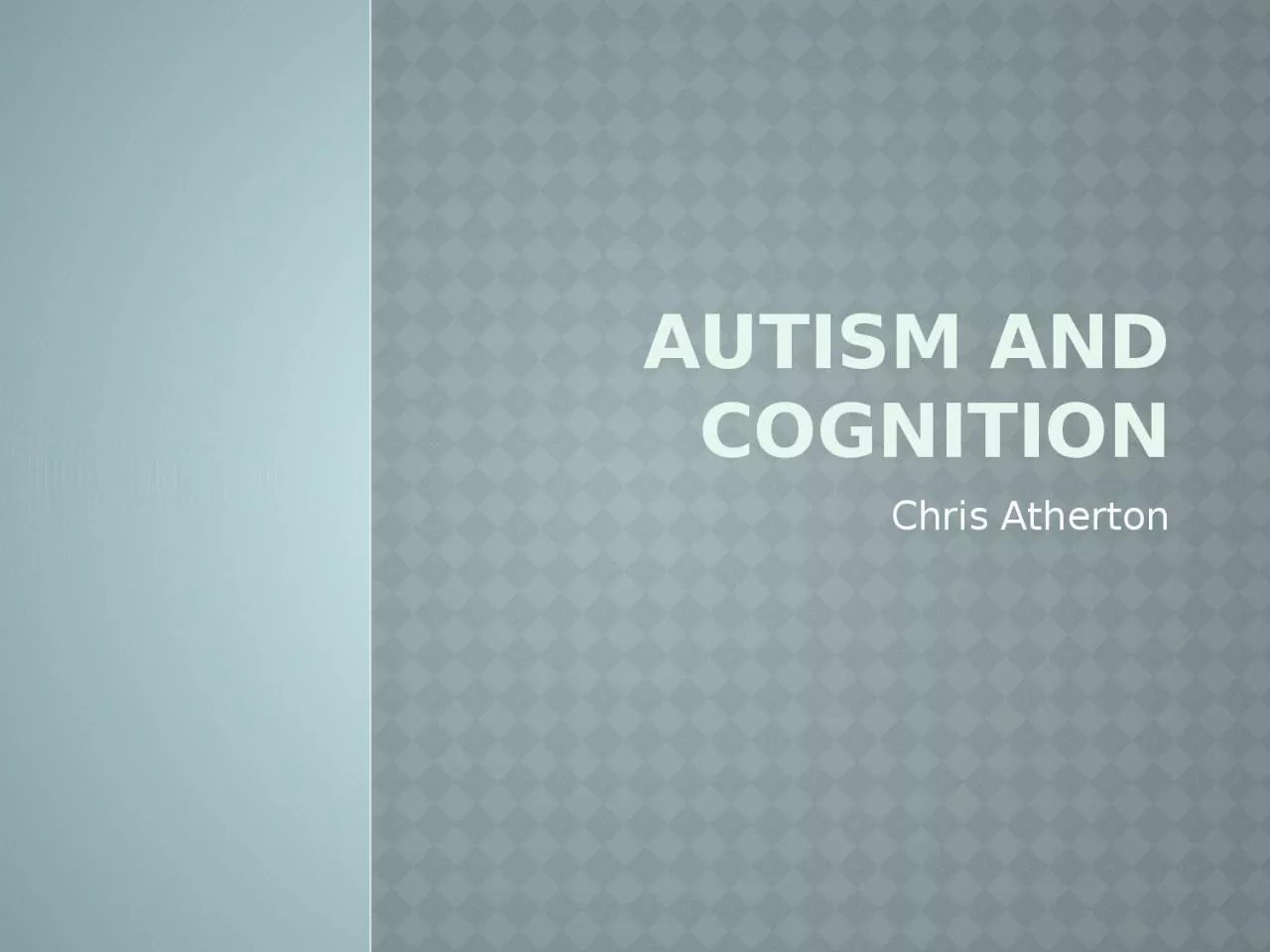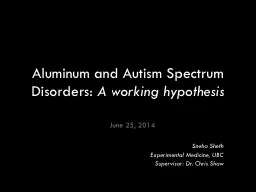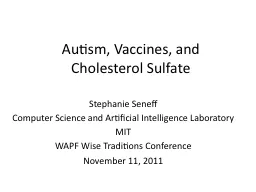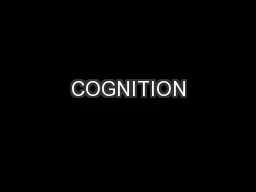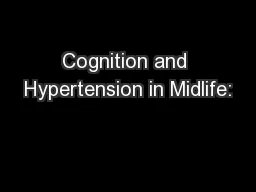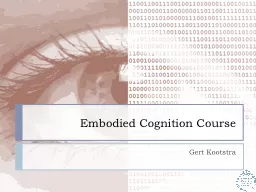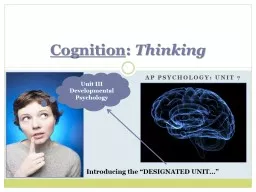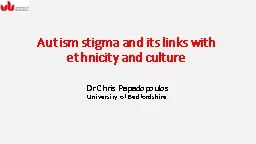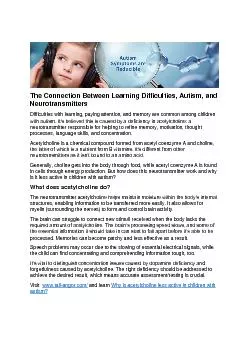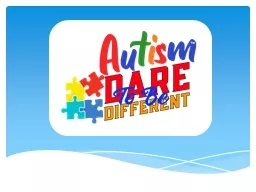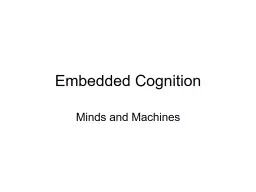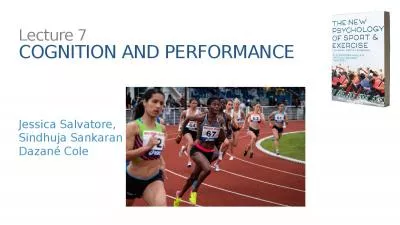PPT-Autism and Cognition Chris Atherton
Author : ida | Published Date : 2022-06-08
Autism Prevalence New prevalence rates emerging 1100 in United Kingdom National Autistic Society Five fold increase in the 1990s plateaued by early 2000s Taylor
Presentation Embed Code
Download Presentation
Download Presentation The PPT/PDF document "Autism and Cognition Chris Atherton" is the property of its rightful owner. Permission is granted to download and print the materials on this website for personal, non-commercial use only, and to display it on your personal computer provided you do not modify the materials and that you retain all copyright notices contained in the materials. By downloading content from our website, you accept the terms of this agreement.
Autism and Cognition Chris Atherton: Transcript
Download Rules Of Document
"Autism and Cognition Chris Atherton"The content belongs to its owner. You may download and print it for personal use, without modification, and keep all copyright notices. By downloading, you agree to these terms.
Related Documents

